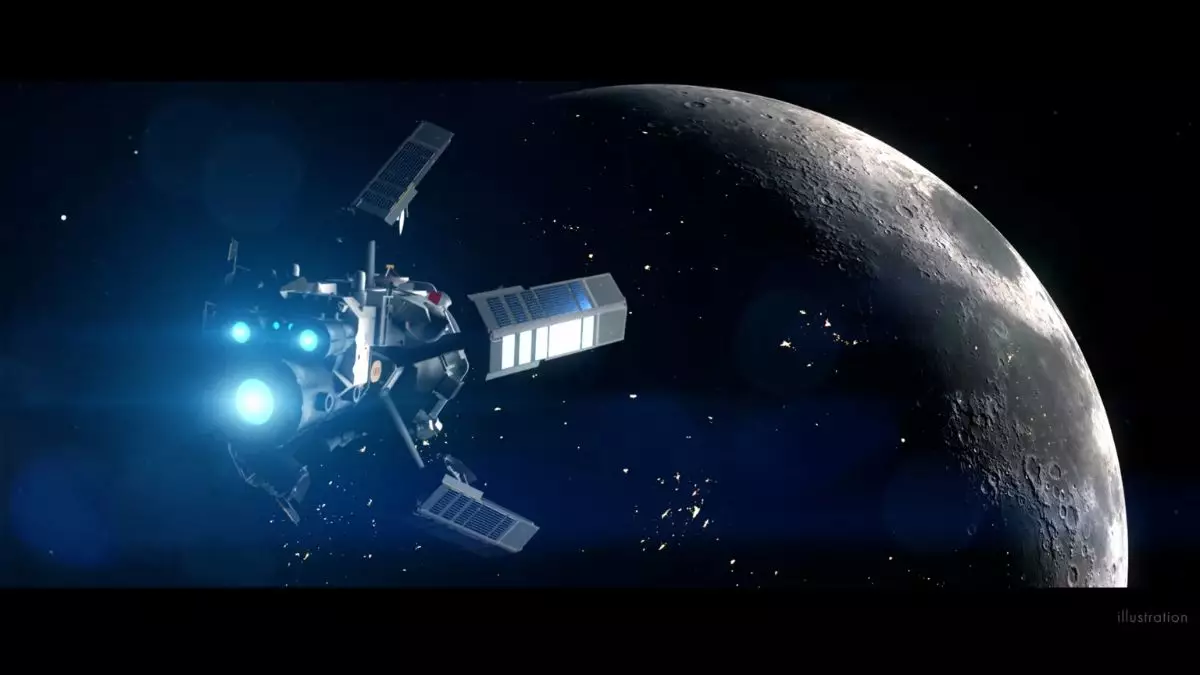Imagine a future where travel times to Mars are slashed in half and journeys to Pluto take merely four years instead of decades. A UK-based firm, Pulsar Fusion, is generating palpable excitement with its plans for nuclear fusion-powered rockets, aptly named Sunbirds. This ambitious project could potentially shift our perception of interplanetary travel. However, amid enthusiasm, there lies a cloud of skepticism that raises critical questions about feasibility and practicality.
Bold Claims from a Secretive Company
Pulsar Fusion has spent ten years developing this technology behind closed doors, only recently unveiling its concepts at the Space-Comm Expo in London. The company boldly asserts that it can harness a Duel Direct Fusion Drive (DDFD). This innovative engine aims to propel spacecraft forward by fusing isotopes like deuterium and helium-3. The prospect of charged particles directly used for propulsion is enticing, but it raises eyebrows among experts who question whether such complex nuclear processes can yield a viable product. The trouble is, fusion has long been the holy grail of energy production, and despite advances in various fields, it remains largely untested in a compact, practical application like space travel.
Expert Opinions: Caution Over Hype
While Pulsar Fusion’s CEO, Richard Dinan, asserts that challenges that plague fusion on Earth—such as containment and pressure—are mitigated in the vacuum of space, experts like Paulo Lozano from MIT remind us that we should tread cautiously. Lozano and others express concerns that this technology is still in a nascent stage, with no successful tests in operational scenarios. The advancements touted by Pulsar Fusion appear promising, yet many industry veterans hesitate to leap on the bandwagon, advocating for a more tempered outlook.
Resource Challenges: Can We Source Helium-3 Sustainably?
One major hurdle in bringing these rockets to life is acquiring helium-3, an isotope that is both rare and costly. Although some experts propose lunar mining as a potential solution, the steps required to make such ventures feasible remain unclear. This creates a palpable tension between existing resource limitations and the ambitious plans for a fleet of reusable Sunbird rockets orbiting Earth. Without a clear strategy for resource acquisition, the promise of faster travel may ultimately be just a dream deferred.
The Cost of Innovation: Are We Prepared for the Investment?
Pulsar Fusion’s innovative vision hinges on large-scale funding and a dedication to rapid technological advancement. Yet it seems that the financial ecosystem for space exploration is fraught with uncertainty. The initial trials will use inert gases instead of the desired helium-3, indicating a significant economic hurdle in R&D. Without substantial investment in this area, the dream of space colonization could remain as elusive as the galaxies themselves.
Navigating the complex landscape of innovation, economic viability, and scientific mastery is crucial for making space travel a practical reality. Pulsar Fusion’s efforts underscore a thrilling yet daunting journey into the future of interplanetary travel, replete with bold ideas and the potential to revolutionize our solar system exploration.

Leave a Reply